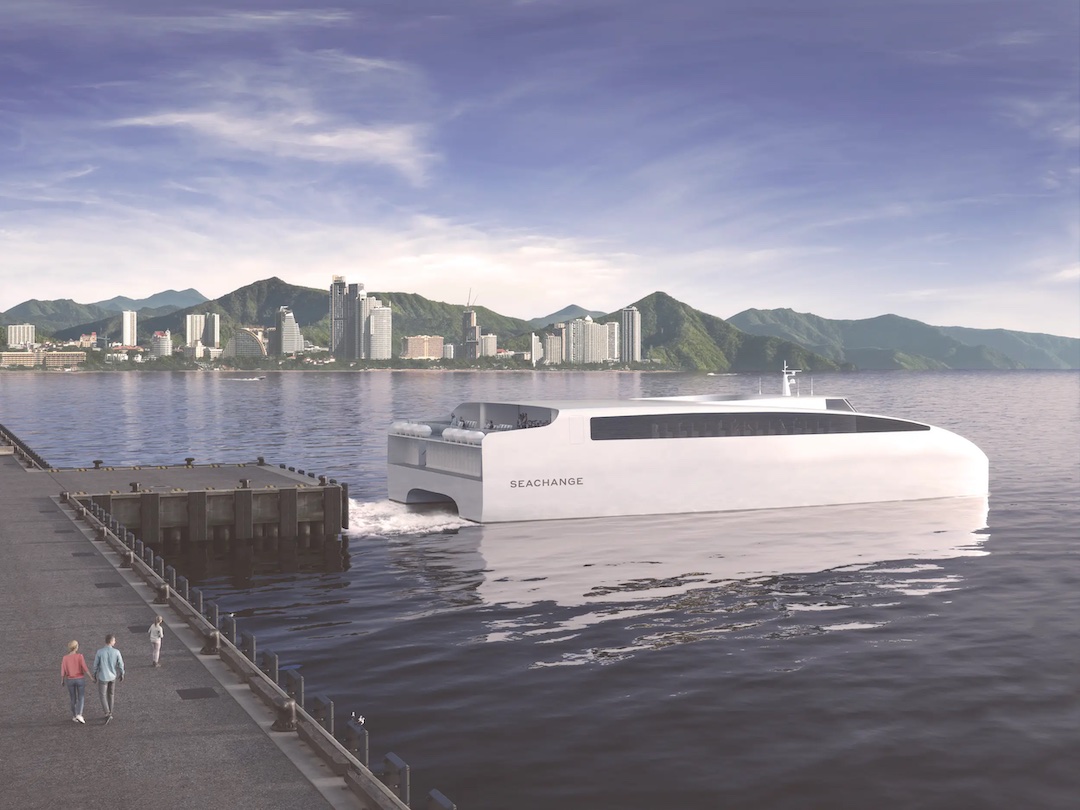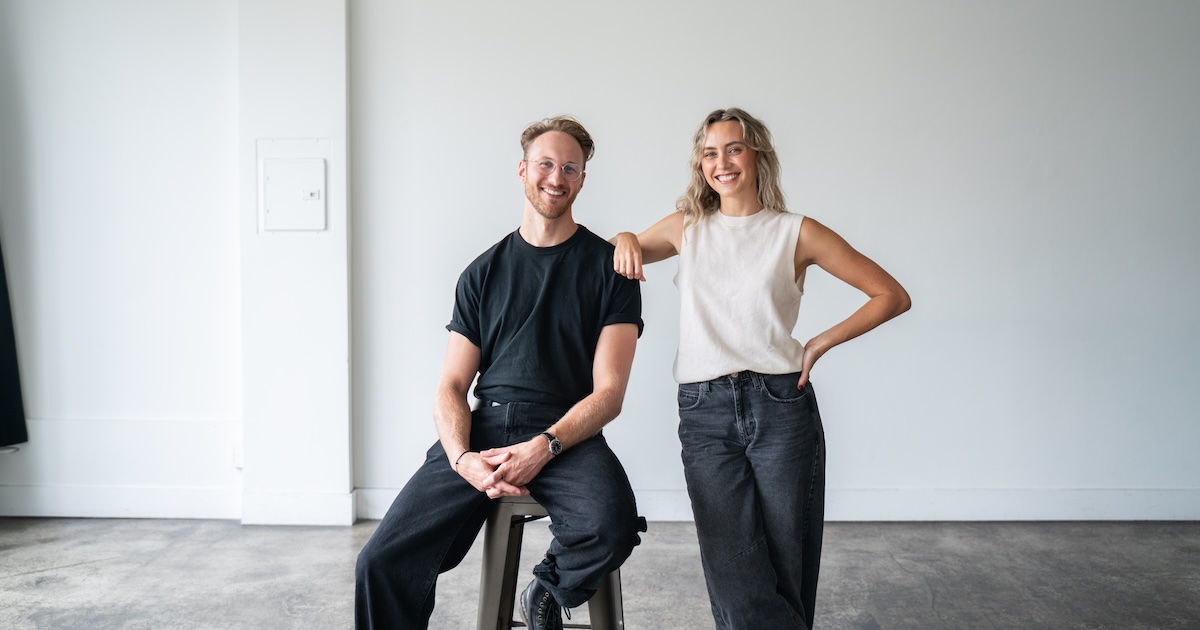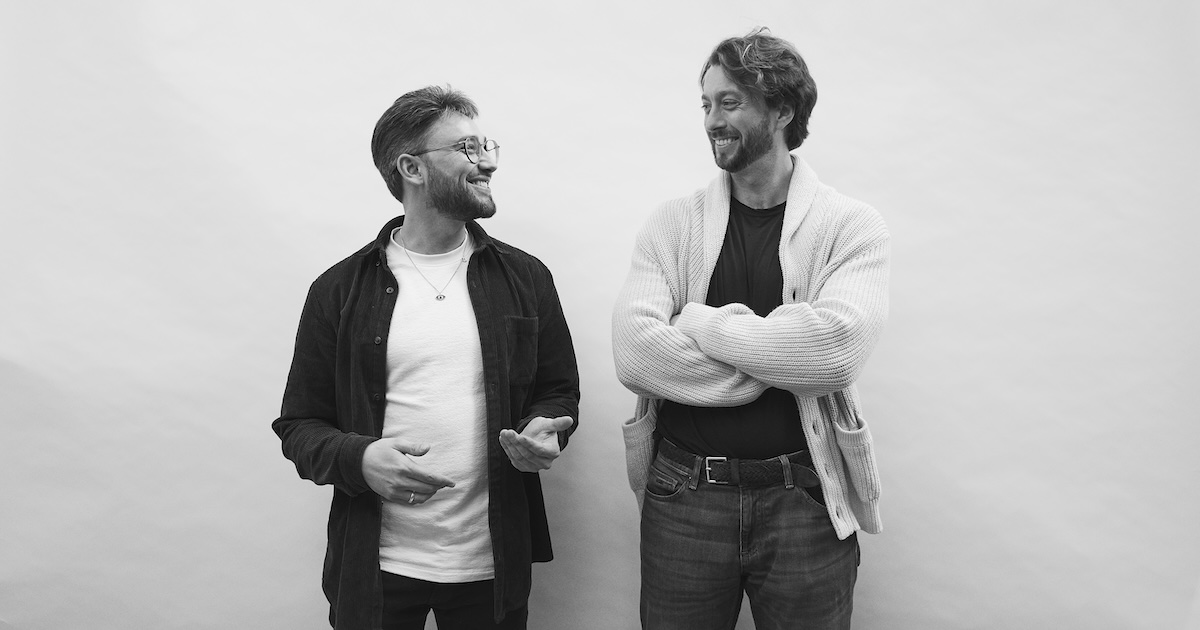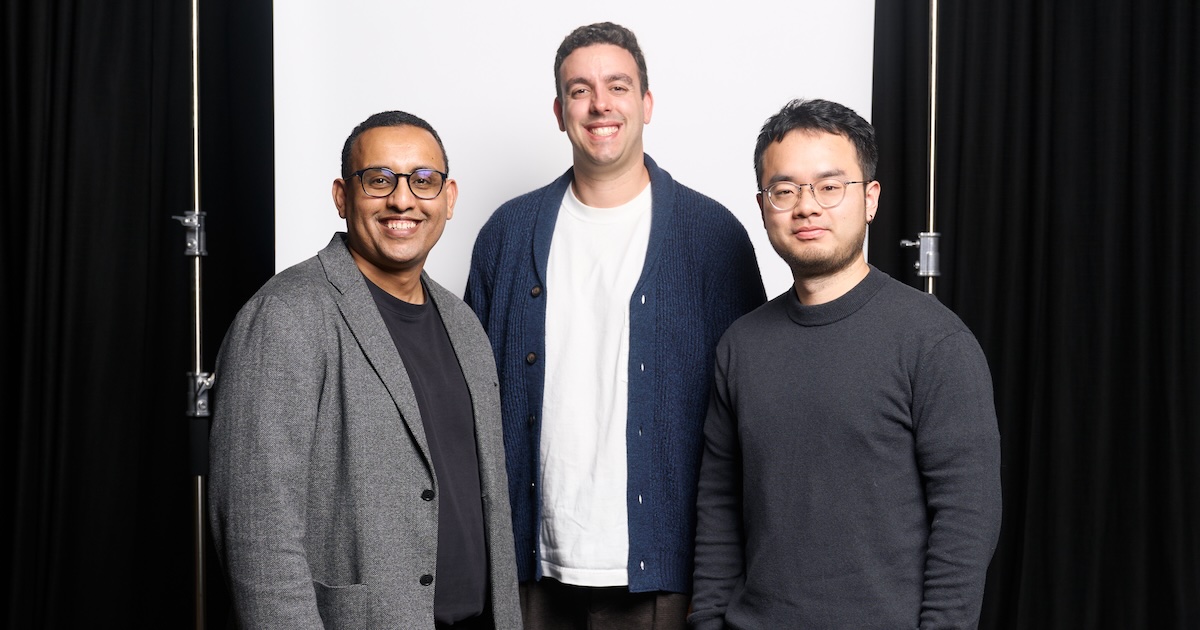
Spotlight On: Max Olson, Seachange
Getting to know Max Olson, the founder and CEO of Seachange.
From his earliest years, Seachange founder Max Olson has been obsessed with sea travel. A childhood spent tinkering led to an engineering degree, swiftly followed by a stint as CTO at fellow Blackbird portfolio company Halter, but it was only a matter of time before Max returned to boats.
Today, Max leads an extraordinary team of engineers, builders and problem solvers who are developing comfortable, convenient, emissions-free travel. This starts with a new kind of vessel - electric hydrofoiling ferries for cars and passengers, to be precise - and as you'll hear from Max, this is just the beginning of Seachange's ambition to redefine sea travel.
Read on to hear how Max came up with the idea for Seachange, how word-of-mouth has helped him grow a highly specialised team, and why the future of ocean transit will unlock models of transport that have been impossible until now.
Blackbird: You've spent your lifetime on the ocean. Tell us about that and how it led to the idea for Seachange.
Max Olson: From a very young age I became obsessed with boats. I started out building small balsa-wood models of my own designs and powering them with electric motors and AA batteries. As soon as my parents let me have a little dinghy of my own I spent every day I could buzzing around the harbour, trying to eke out a little bit more performance, or taking it out in the wildest conditions. Through my early teens I taught myself how to sail, made a bunch more model boats, and found happiness at the helm.
I always questioned why ships are built the way they are, not just from the perspective of physics, but also exploring how history and tradition shaped the way we think about ocean transport. Seachange was created when I realised that we could do better, and that we have to do better to protect our planet. Over the past few years, we have grown a team of the world's best engineers and boat builders to develop the most advanced commercial ships to have ever graced our oceans.
Seachange is not the first hardware startup you've been involved with from the beginning. What was the biggest lesson you learned at Halter, and how are you applying it to what you're building with Seachange?
MO: Halter was an incredible journey which started when Craig were both fresh out of university - safe to say that we got knocked around and learned a lot along the way! I think that Halter’s biggest success early on was having a crystal clear understanding of the value which they brought to customers. They were able to leverage this into great market traction, which attracted great talent, and allowed them to deliver an amazing product.
For a hardware company with a long development pathway, getting this early traction is both crazy-hard and the most important thing you can do. Knowing that there are customers who are hanging out for your product is incredibly motivating for a team, and so we are very deliberate about engaging deeply with our customers and making sure that we are delivering something which is an order of magnitude better than any other product available.

BB: You've attracted some incredible engineers to Seachange so far. What's your strategy been for attracting leading talent, particularly in such a specialist field?
MO: We have seen first hand that good talent follows good talent. We found a few hard-case enthusiasts early on who were attracted to the mission and the opportunity to dive deep into the unknowns taking a hydrofoiling ship to market. More and more we are finding that word of mouth is an incredibly powerful tool to attract talent in the close-knit worlds of electric vehicles and marine technology.
We receive a huge number of inbound applicants who are drawn to Seachange after hearing stories of our thoughtful, dedicated, and ambitious team. High performers want to work with other high performers. When you add the attraction of building something which is really cool as well as good for the world, your ability to attract talent skyrockets.
BB: Seachange is working towards commercial operation in 2023 on the Cook Strait and already has LOIs signed for ferries in Europe from 2025 onwards - what does the journey over the next 2-3 years like to hit these big milestones?
We have already started construction on our first commercial vessel, the Foil 24, which we plan to have in operation by the end of 2023. Once the first Foil 24 is out of the shed and flying, our attention will turn to the scaled-up Foil 40 for delivery to Europe.
Getting this done will involve scaling up all of our teams, building a second factory, and deploying the largest hydrofoiling vessels ever built.
BB: Finally, what excites you most about the future of Seachange?
MO: Sea travel right now carries the stigma of being second rate to air travel. In the not too distant future we will get to take a journey aboard our first ferry and experience the hundreds of thousands of hours of simulation, analysis, and construction coming together to create the ultimate sea travel experience.
What excites me the most is showing the world just how amazing sea travel can be.
Max's Spotlight On:
A book that is worth reading: Adrift: Seventy-six Days Lost at Sea by Steven Callahan. An epic tale of seamanship and survival through some terrible luck.
A podcast you never miss: Hardly academic, but I live for the Hamish and Andy podcast - they are some of the best storytellers in the world.
Someone to follow on social: Eric, our Program Manager at Seachange (@voyageofthezephyr) will make you want to sail the high seas.
Join the waitlist for Seachange here or learn about their open roles here.









